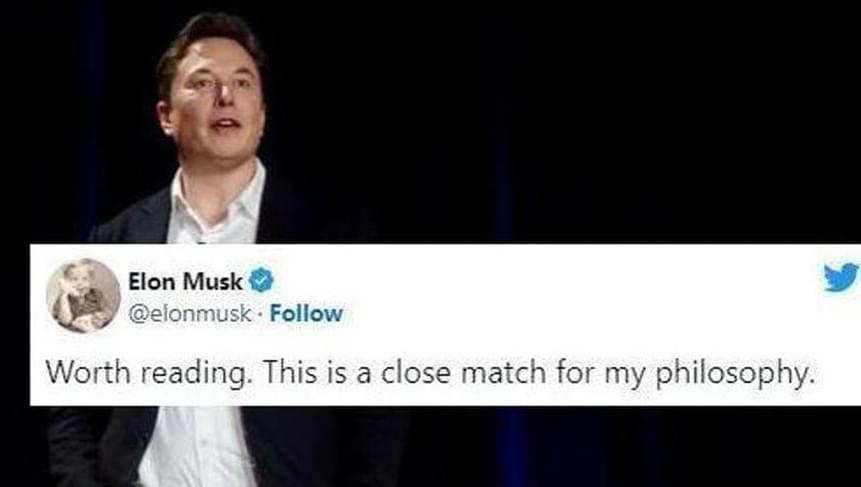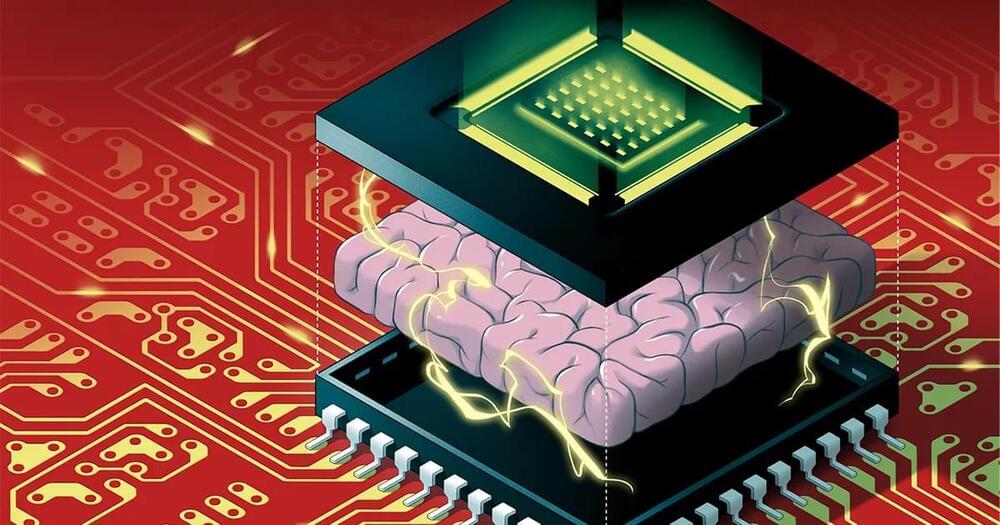In this bonus interview for the series Science Uprising, computer scientist and AI expert Selmer Bringsjord provides a wide-ranging discussion of artificial intelligence (AI) and its capabilities. Bringsjord addresses three features humans possess that AI machines won’t be able to duplicate in his view: consciousness, cognition, and genuine creativity.
Selmer Bringsjord is a Professor of Cognitive Science and Computer Science at Rensselaer Polytechnic Institute and Director of the Rensselaer AI and Reasoning Laboratory. He and his colleagues have developed the “Lovelace Test” to evaluate whether machine intelligence has resulted in mind or consciousness.
Watch episodes of Science Uprising, plus bonus video interviews with experts from each episode at https://scienceuprising.com/.
============================
The Discovery Science News Channel is the official Youtube channel of Discovery Institute’s Center for Science & Culture. The CSC is the institutional hub for scientists, educators, and inquiring minds who think that nature supplies compelling evidence of intelligent design. The CSC supports research, sponsors educational programs, defends free speech, and produce articles, books, and multimedia content. For more information visit https://www.discovery.org/id/
http://www.evolutionnews.org/
Follow us on Facebook, Instagram and Twitter:
Twitter: https://twitter.com/discoverycsc/
Facebook: https://www.facebook.com/discoverycsc/
Instagram: https://www.instagram.com/discoverycsc/
Visit other Youtube channels connected to the Center for Science & Culture.






